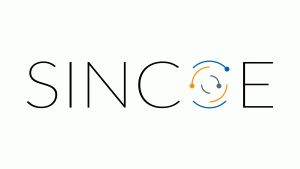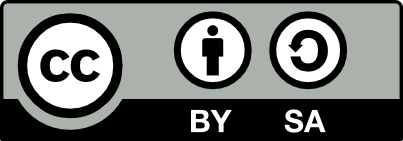Home » ResourceType » Learning environment
Category Archives: Learning environment
Asynchronous remote teaching
Each participant connects to the digital resources or devices when they select, without expecting to receive an immediate response or observe activity from others. Examples of remote asynchronous teaching include accessing pre-recorded lectures or instructional videos that can be viewed at any time; engaging in online discussion forums where participants post and respond to messages […]
Synchronous remote teaching
All participants are simultaneously connected to digital resources or devices, allowing each individual to observe the actions of others in real-time as they are being performed (or with a minimal delay of only a few seconds). Examples of synchronous remote teaching include live online classes where students and instructors interact in real-time through video conferencing […]
Face-to-face teaching (in-person)
A meeting in the learning process with more than two people, all present physically and in a synchronous format. This can occur, for example, in a classroom where the teacher and the students are all in the same physical space and communicate in real-time. It can also include individual or group tutorials where participants gather […]
Hybrid teaching environment (hybrid)
Some participants, either faculty or groups of students, are physically present in a face-to-face setting, while other participants are simultaneously engaged in synchronous remote teaching. This means some class attendants are in person, while others are remotely in real-time. Examples of simultaneous remote and in-person teaching (hybrid) can include a classroom setting where some students […]




